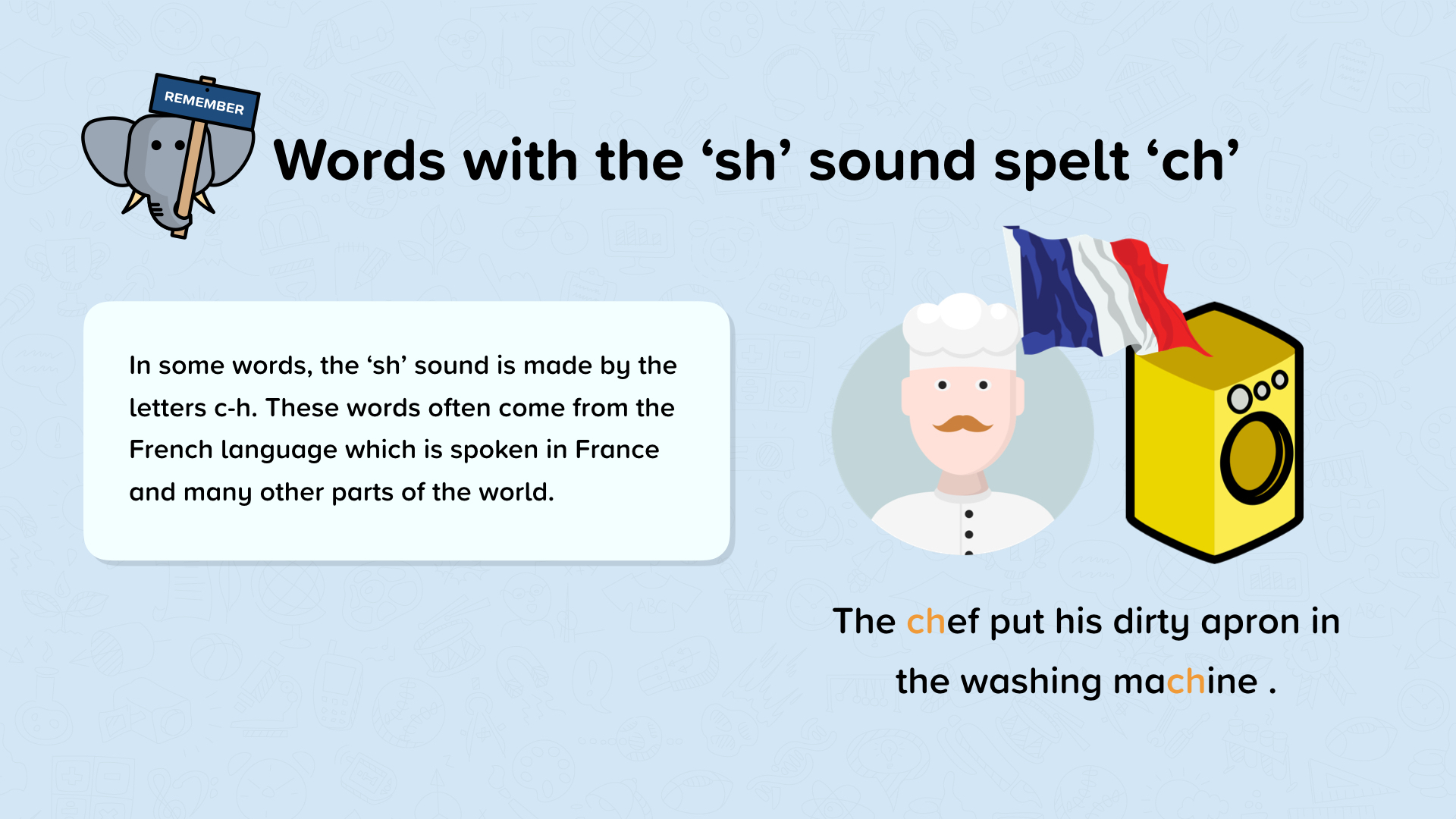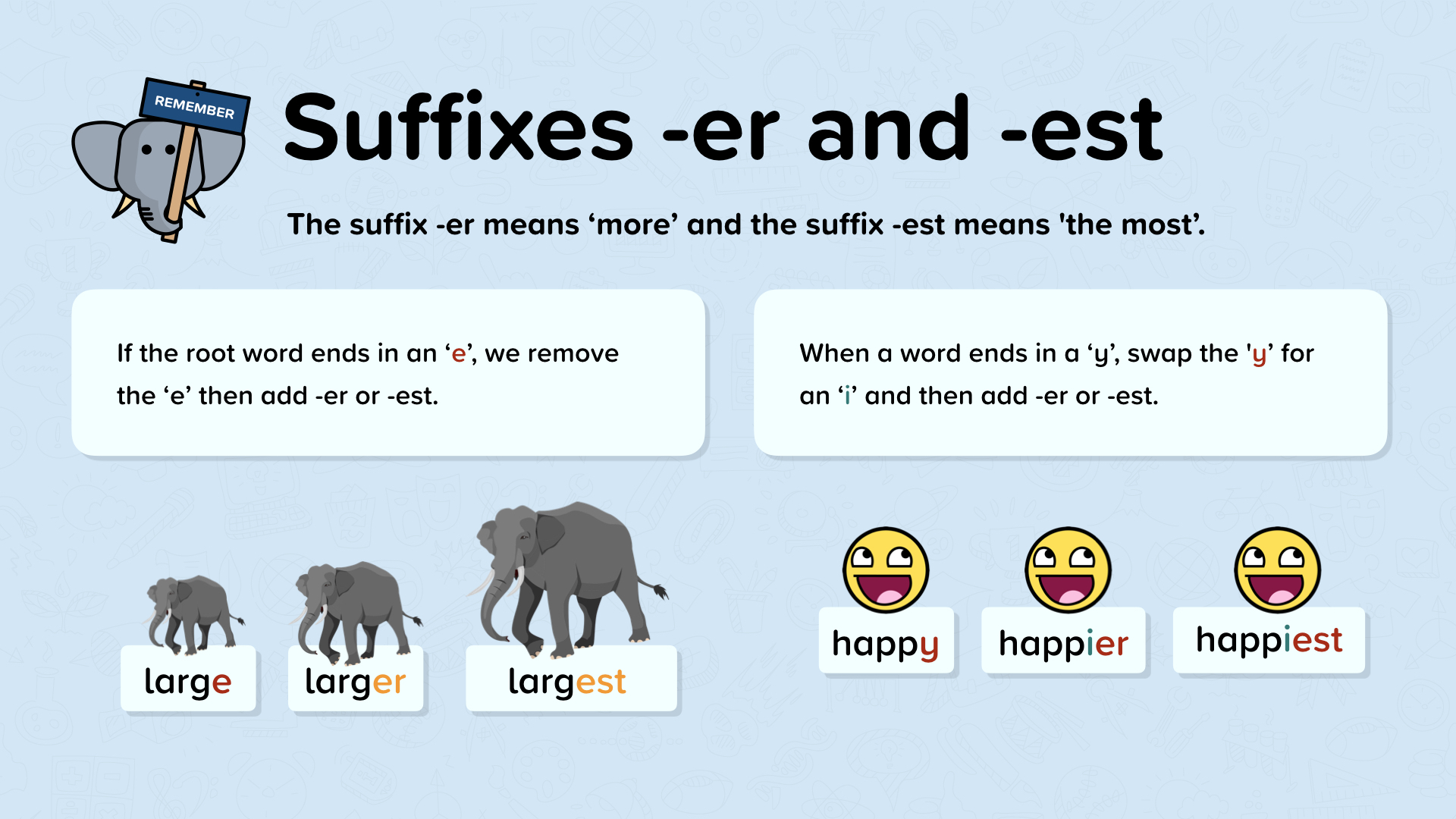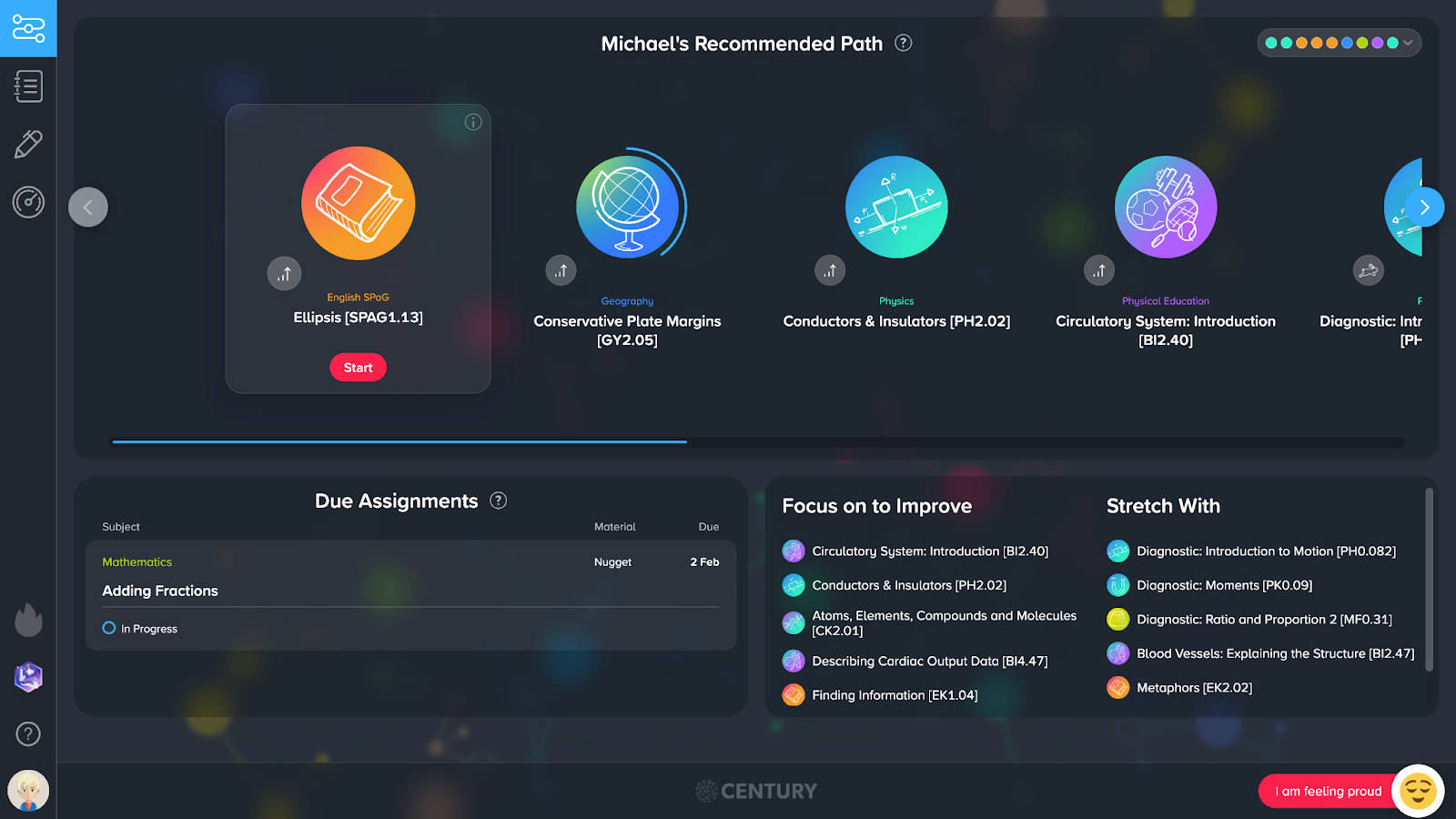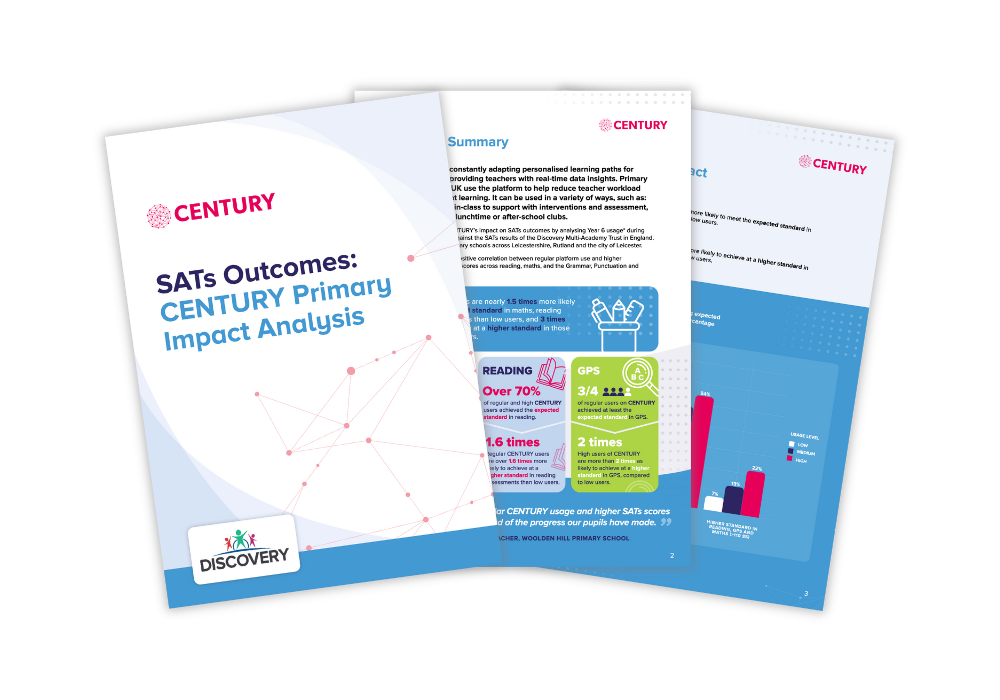Estimated reading time: 6 minutes
You might have heard of George Bernard Shaw’s claim that ‘fish’ could also be spelled ‘ghoti’: think of the ‘gh’ sound in ‘laugh’, the ‘o’ sound in ‘women’ and the ‘ti’ sound in ‘motion’. In fact, English has 205 ways to spell 44 sounds.
This can leave pupils frustrated, thinking that spelling rules are inconsistent, impossible to learn and totally arbitrary, but there are ways to make more sense of English spellings. Here’s how you can help children to understand English spellings, using some resources from CENTURY’s course ‘Primary SPaG - Year 3’.
The history of English vocabulary, for example, can help us to explain some of the inconsistencies, because when unlikely spellings turn up in several words, it is likely to be because they come from the same language. Many commonly used words today have retained the pronunciation that they had in the language which they originally derive from - ‘chemistry’ and ‘charisma’, for example, have their origins in Ancient Greek; conversely, the ‘ch’ sound (e.g. in ‘church’) is represented by the grapheme ‘c’ in ‘cello’, because English appropriated it and kept its Italian pronunciation.
English has borrowed words from all over the world, not just from romance languages: “sauna” is of Finnish origin and means “earth pit” or “snow pit”, and “bungalow” comes from the Hindi word “bangla”, meaning “belonging to Bengal”, where there were thatched one-story houses. Sometimes, when we learn the story behind a word, it doesn’t seem so random after all.
This can be interesting to explore and suggests that English is a dynamic and ever-evolving language, but what makes it problematic is that spoken language and orthography do not evolve and adapt simultaneously, resulting in what seems without any context to be illogical differences between the two.
So, how can we explain spelling to young people in a way which is comprehensive enough to allow them to write confidently, but is still easy to digest and can keep their interest in what some think is a relatively dull topic?
Well, there are an estimated 171,476 words in current use in English and thousands more are created annually – whether words taken from other languages, entirely new terms to describe new technology or blended words – so it would not only be very boring, but entirely impossible to do so by encouraging pupils to learn every individual word by heart.
There is good news, though: only roughly 4% of English words in print are actually irregular, have no explanation and simply have to be learned individually. The rest do follow patterns, even if they aren’t immediately obvious to pupils.
The spelling strands of CENTURY’s primary SPaG courses group together and condense these complicated-seeming rules into simple videos and remember cards that use mnemonics, examples, corresponding visuals and easy-to-follow explanations to aid understanding and boost memory retention. The content of these materials can then be put into practice with accompanying question sets that provide users with instant feedback and help teachers to highlight particular spelling rules with which pupils struggle.
For example, pupils learn in simple terms about the two types of morpheme: root/base words, which are the parts of words that give them their principle meaning, e.g. ‘clean’, and ‘affixes’, which are the parts of words that modify a root word’s meaning (or sometimes even create a new word), e.g. the prefix ‘un’ in ‘unclean’. As almost all of the vocabulary on Key Stage 3 word lists can be modified by using morphemes, this is an invaluable skill, and by understanding how to add prefixes and suffixes to root words, pupils develop confidence in building words themselves. This naturally expands their vocabulary, rather than making them learn every individual variation of a word by rote.
The spelling nuggets in all of our primary and secondary SPaG courses both equip pupils with all of the terminology they need, such as ‘root words’, and address common misconceptions and exceptions to the rules that stem from English being such an old and diverse language. By helping pupils to improve their spelling systematically and effectively, our courses help teachers to create confident and speedy spellers, leaving them with more time to focus on the quality of the content of their work.
Learn more about how CENTURY can supercharge your teaching.





